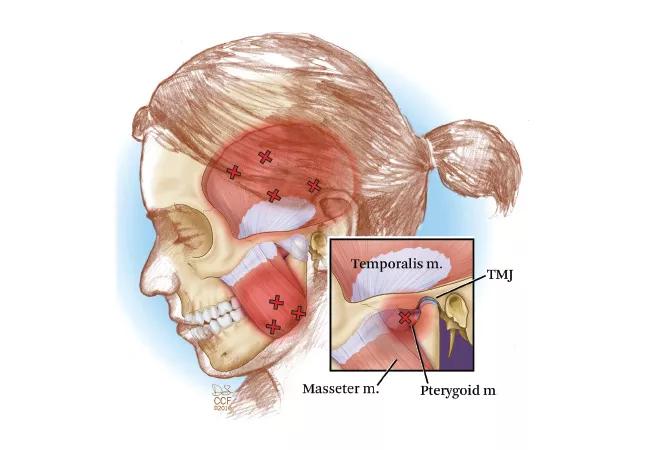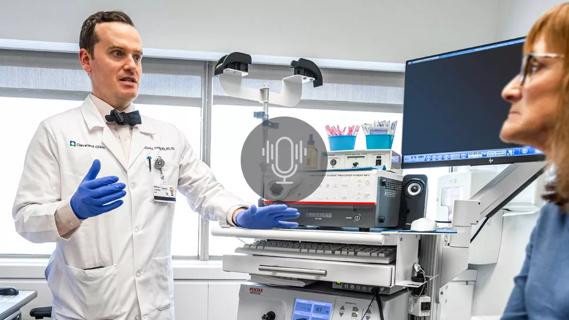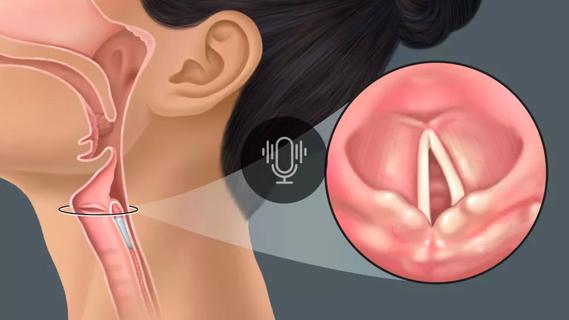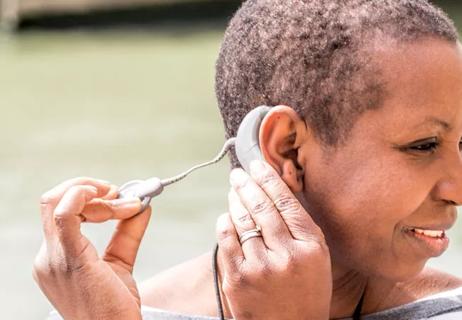Advertisement
Effective for patients with orofacial pain disorders

By Michael P. Horan, MD, DDS, PhD
Advertisement
Cleveland Clinic is a non-profit academic medical center. Advertising on our site helps support our mission. We do not endorse non-Cleveland Clinic products or services. Policy
Undoubtedly, botulinum toxin A is best known for its role in facial cosmetic applications. However, in recent years it has become an important therapeutic agent for the treatment of many noncosmetic head and neck conditions, including masticatory myalgia, myofascial pain, temporomandibular joint (TMJ) disorders, oromandibular dystonia, cervical dystonia, essential voice tremor, headaches, sialorrhea and hemifacial spasms.
In the Oral and Maxillofacial Surgery unit at Cleveland Clinic, botulinum toxin A has been effectively used as an adjunct to conservative TMJ therapy (e.g., physical therapy, pharmacotherapy and splint therapy), mainly as a means of addressing myofascial pain associated with the masticatory musculature that often accompanies TMJ disorders. Botulinum toxin exerts it effect by acting as a neuromuscular blocking agent. It binds to high-affinity receptors on the presynaptic terminals of cholinergic nerves to block the release of acetylcholine into the neuromuscular junction. This in turn results in a flaccid paralysis of the muscle.
The goal of treatment for patients with myofascial pain is not to effect a complete paralysis of the muscle, but to substantially weaken it, which will reduce hyperactivity and spasticity and thereby break the chronic pain cycle. The muscles most often affected in patients who present with myofascial pain associated with TMJ disorders are the masseter, the temporalis, and the medial and lateral pterygoid muscles (Figure). The pain can be either unilateral or bilateral, depending on whether one or both joints are involved. Clinically, this pain is often described as being diffuse as opposed to localized (which would indicate joint or disc-related pain). Trigger points can often be identified in the muscles.
Sidebottom et al demonstrated that botulinum toxin was effective in reducing myofascial pain both subjectively and objectively in patients who had not responded to other conservative measures.1 We have achieved similar results in our patient population at the Head & Neck Institute. In most cases, these patients have experienced a noticeable reduction in pain, with some even experiencing a complete resolution.
Advertisement
More recently we have begun using botulinum toxin injections for patients with chronic TMJ dislocation. Botulinum toxin injections have been effective in treating patients who are chronically ill, for those who habitually dislocate their TMJ and for those elderly who are not able to tolerate more invasive surgical interventions such as TMJ eminectomy. The goal is to weaken the lateral pterygoid muscle to aid in the prevention of future TMJ dislocations in this patient population.
Given the precarious position of the lateral pterygoid muscle, we have employed electromyographic guidance to target the muscle. This greatly reduces the chances of paralysis of the surrounding musculature and the associated complications. Several case reports have been published in the literature demonstrating the long-term efficacy of botulinum toxin injections for this indication.2,3
Botulinum toxin injections can also be effective in treating patients with oromandibular dystonia that causes lateral or protrusive movements of the jaw associated with spasticity in the lateral pterygoid muscle.4 We have experienced a modest degree of success with this technique in our patients.
Botulinum toxin has been called “the poison that cures,” and this certainly holds true for many head and neck conditions involving aberrant muscle activity. For oral and maxillofacial surgeons, botulinum toxin clearly plays an important role in the conservative management of TMJ and orofacial pain disorders, and it will continue to do so in the future.
Dr. Horan is Section Head of Oral and Maxillofacial Surgery.
Advertisement
Advertisement

Presentations you won’t want to miss

Bilateral superior laryngeal nerve block offers new treatment option for patients

Injections and surgical procedures are among the therapies for patients with early and late vocal cord paralysis

See you in Nashville, September 30 – October 4, 2023

Please join our staff as we participate in the following sessions at the Combined Otolaryngology Spring Meetings, May 3-7, 2023

Click through to learn more about our program

Using a care pathway approach, the Institute has improved care and reduced costs

Implants can make a difference sooner than you think